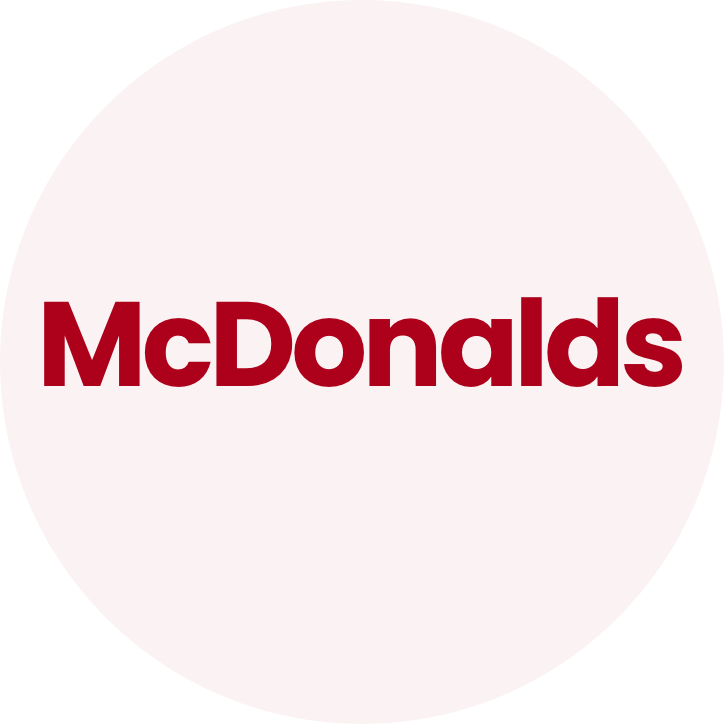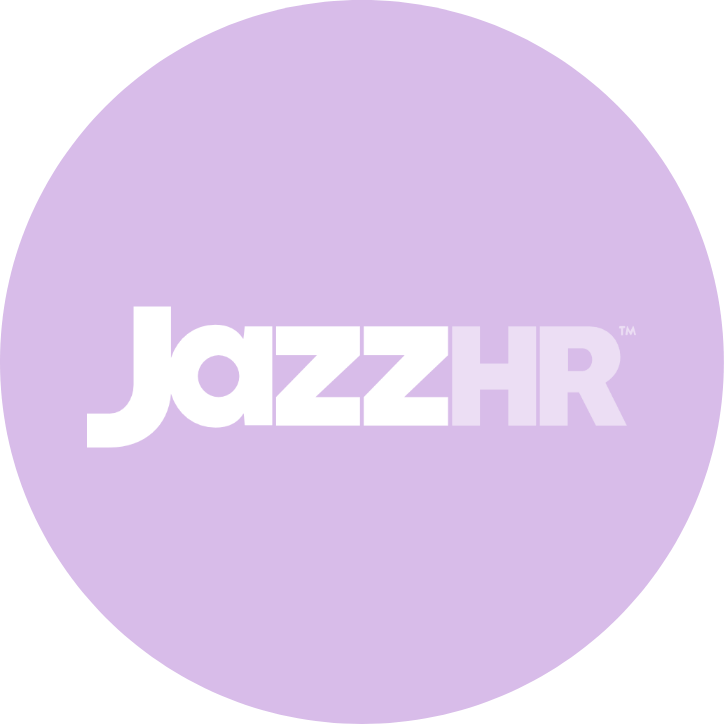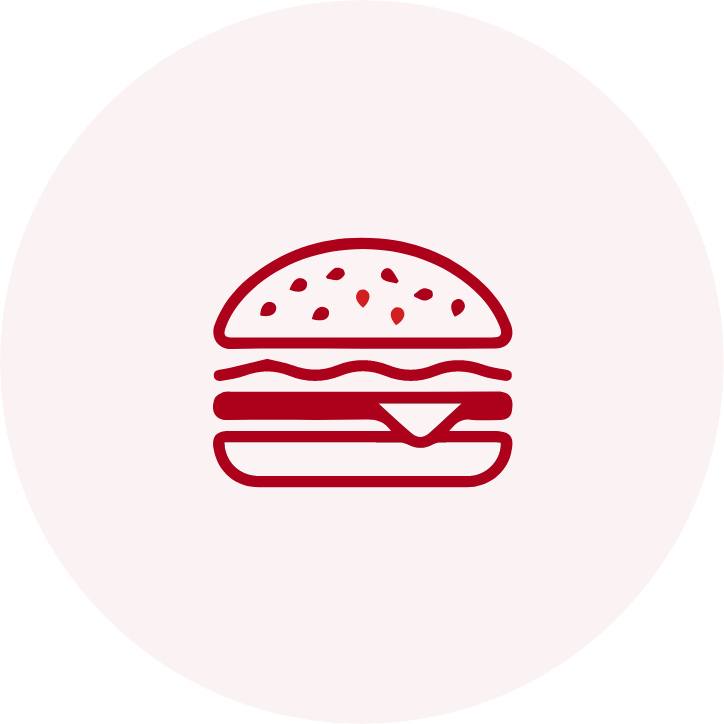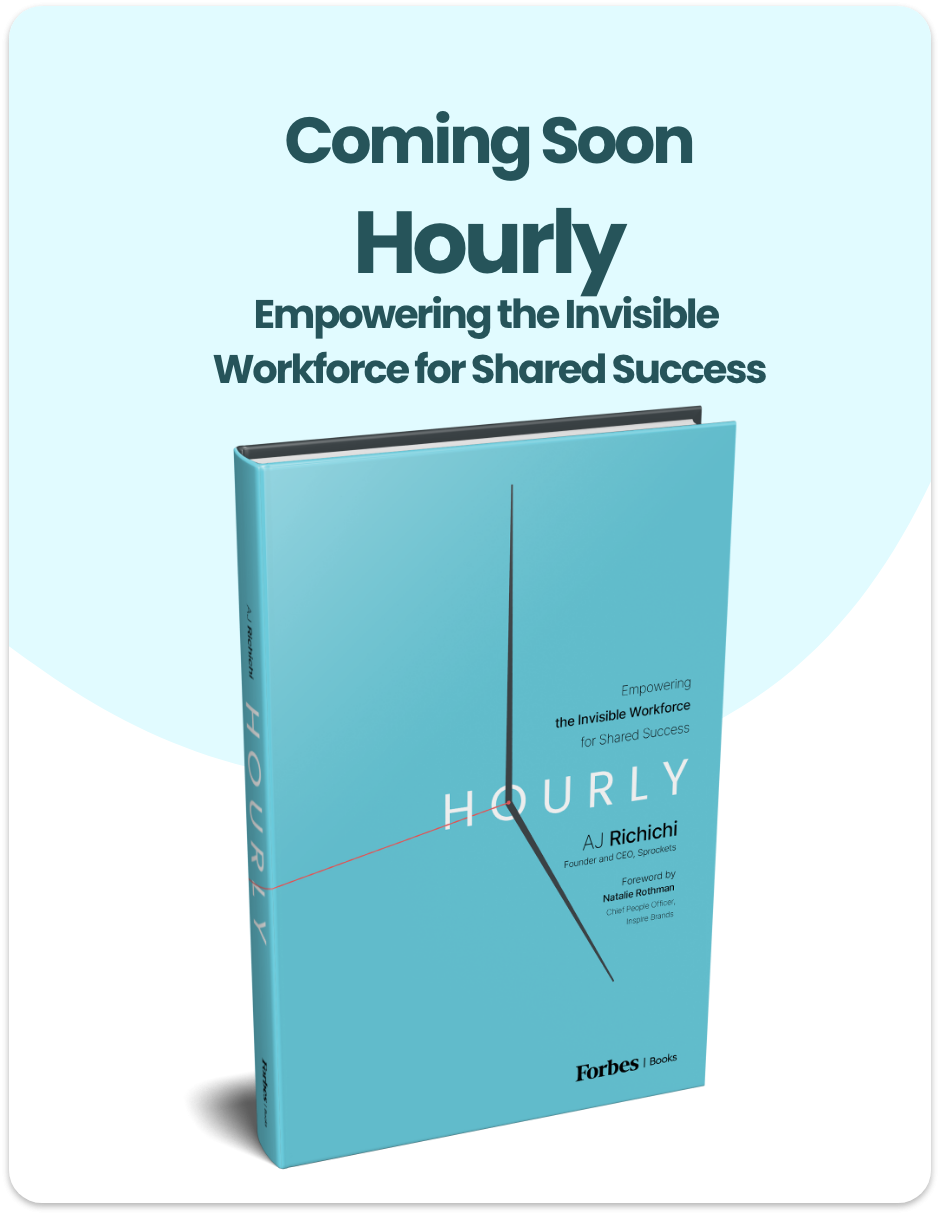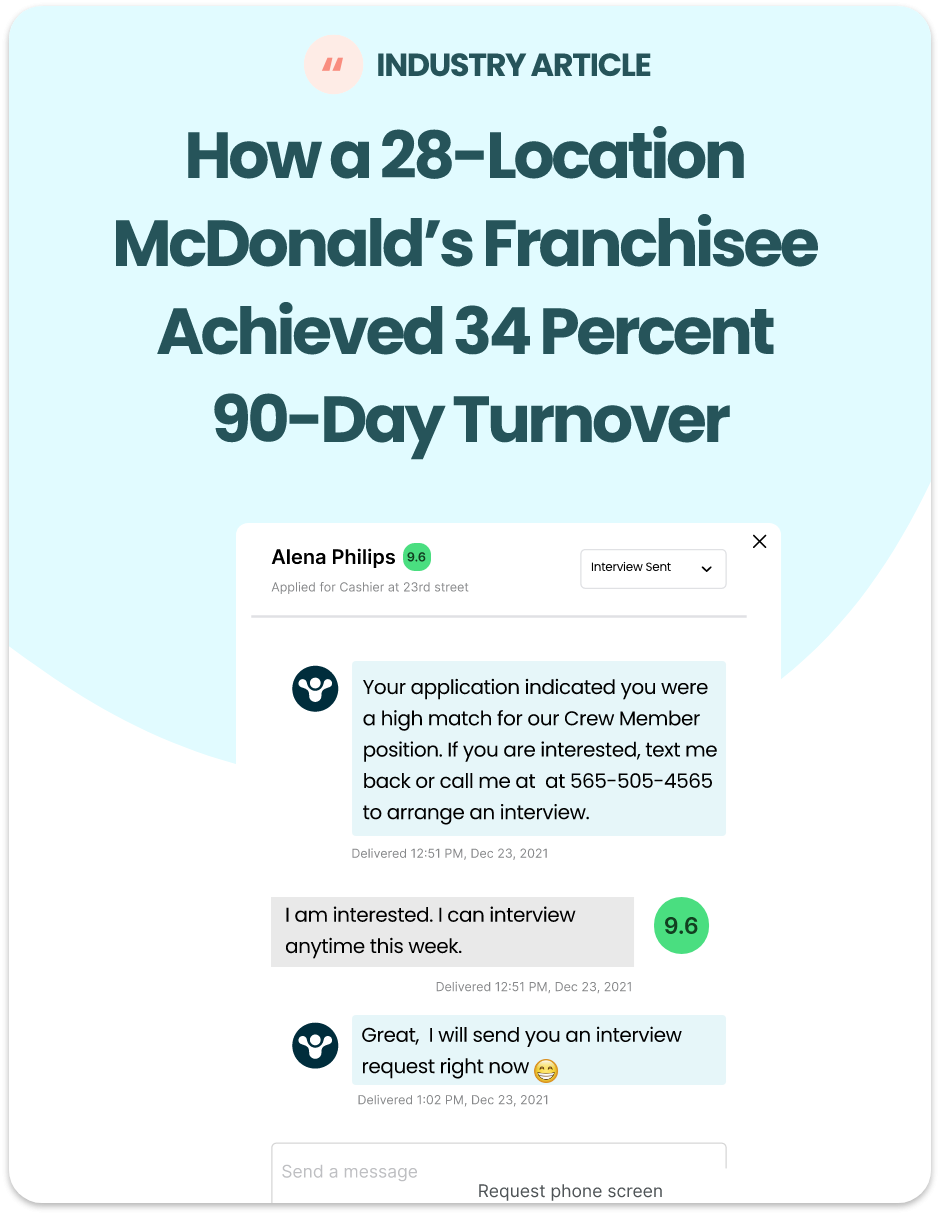COVID-19 has had a tremendous impact on the quick-service market, posing new challenges for both operators and hiring managers. We are truly in uncharted territory as our industry manages the changing landscape. Here’s an early take on the good, the bad, and the ugly.
The good…
QSR’s thrive during economic hardship
During the last economic recession, the general public turned to more convenient and cost-effective food rather than fast-casual and fine dining.
After the housing crash in 2008, as an example, Subway added 6,000 locations to keep up with demand (Forbes), McDonald’s grew revenue by 4.5%, and Yum Brands outperformed the S&P 500 (Yahoo Finance).
Restaurant Brands International’s CEO Jose Cil recently shared in their earnings report: “we’re encouraged by early signs of improvement in sales trends across many of our major markets”.
Many QSR brands are growing during COVID-19
For the third consecutive week, restaurant chains witnessed year-over-year same-store sales improvement versus the previous period (Black box Intelligence). Papa John’s had its strongest month ever while adding 1,000,000 people to their loyalty program (QSR). Domino’s and Pizza Hut added nearly 40,000 employees to manage the overflow of delivery orders (Business Insiders). Popeye’s Chicken increased sales by 30% in Q1 (RBI Earnings Report).
McDonald’s CEO Chris Kempczinski shared his belief that during uncertain and frightening times, people will turn to the “familiar”. “Our overall view is as markets start to open up this desire to really return to familiar favorites, to brands that are known is very, very powerful. And I think the fact that we also have a strong orientation toward convenience and value that I think are also two key elements.”
Less competition
This is a hard, sobering fact for the restaurant space. As the world re-opens, there will be fewer and limited independent restaurants. Most independents were forced to shut their doors, lay off their staff, and halt operations without the support from a franchisor. In fact, a recent survey conducted by the James Beard Foundation found that 80% of independents weren’t sure their restaurant would survive this crisis. For those who survive, about 60% describe their revenues as “severely depressed” (National Bureau of Economic Research).
The bad…
Hiring just got very complicated
Since President Trump declared a national emergency, nearly 30 million people have filed for unemployment. The huge influx of unemployment has overwhelmed the government, resulting in delays and shortages of unemployment benefits. As of April 15th, nearly half of the workforce has not received their unemployment benefits (NPR). Recently displaced workers are, therefore, more motivated to get back to work with the uncertainty of their next check.
As other industries shutter, you should expect far more applicant flow. What may seem like a blessing, however, could lead to more time spent in the hiring process. It will be overwhelming for your hiring managers to sift through the hundreds, and even thousands, of resumes to find the right applicants. Do you feel confident that your team will pick the right people?
Employee turnover is increasing for new reasons
Employee turnover has been increasing year-over-year in the QSR industry. COVID-19 will accelerate that further. Here are a few obstacles our users are facing are they strive to retain your team.
- Childcare responsibilities
- 22% of grandparents provide childcare at no cost, but COVID has slashed this number significantly (Vox)
- The average cost for two young children outside school in more than $20,000 annually (Center for American Progress)
- As childcare centers and schools reopen, teachers are refusing to go back to work further delaying the predicament. In Seattle, teachers have created a union-esque fight against returning to work (Seattle Education Association).
- Employees make more off unemployment
- The average caregiver makes $22,470 per year, or $1,800 per month before taxes (Glassdoor).
- Based on the state, unemployed workers receive between $300 and $500 per week. Unemployed workers in 29 states are currently getting an extra $600 per week (USA Today). That could result in upwards of $4,400 of potential monthly income plus the $1200 per person and $500 per child (IRS). We are starting to hear that caregivers are opting to file for unemployment and quitting their jobs.
- Employees are getting sick or are afraid of getting sick
- As of May 8, nearly 1.3 people have been diagnosed with COVID-19. That number is expected to increase.
- The Occupational Safety and Health Act grants workers the right to refuse to work if they believe workplace conditions could cause them serious imminent harm (Time Magazine).
- The National Labor Relations Act (NLRA) states that workers do not need to go to work if they feel unsafe for “health and safety reasons (Time Magazine)”.
The Ugly…
QSR’s will struggle to hire the right people because of their current technology.
We started 2020 with historic low unemployment rates. Many hiring software solutions are therefore built to solve the “labor shortage” problem and neglect proper screening features. As your team must get more selective and efficient, one-click applications and QSR social networks are no longer the only software you need. It is important that you have a screening tool to help automate the influx of new candidates from 15%+ unemployment.
Turnover will get very, very expensive.
With an uncertain economic future, one way to control costs is to reduce your turnover. According to the Society of Human Resource Management, it costs $4,969 to hire, train, and replace an hourly worker. With a staff of 50, you’ll need to hire roughly 66 people (or 5.5 per month). That’s if you maintain the industry average turnover rate of 132%. So, hiring 66 people for $4,969 equals $327,954 in turnover costs. This includes, but is not limited to, resources to interview, train, and onboard.
At Sprockets, we are striving to learn from our customers daily. We currently help operators in brands like McDonald’s, Taco Bell, and Chick-fil-A with hiring the right people and reducing turnover. If you have any questions or comments, please do not hesitate to reach out to us. We would love to hear from you.








